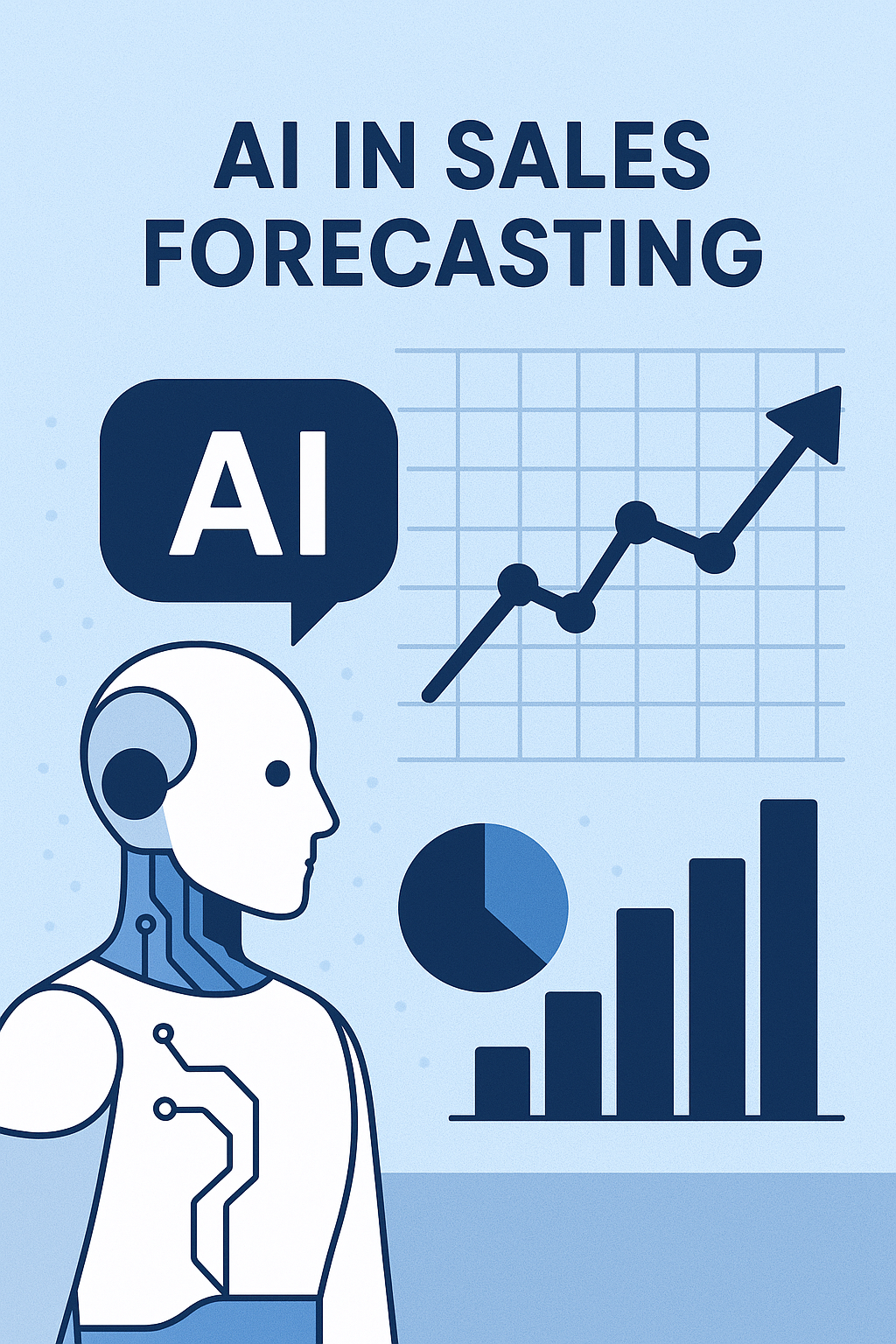
Is it worth investing in AI Sales Forecasting? Traditional forecasting methods is heavy on historical data, and manual input rarely achieves high confidence. In fact, research shows that fewer than 20% of sales organizations achieve a forecast accuracy of 75% or greater. This inaccuracy isn't just about missed targets, it leads to resource misallocation, inefficient inventory, and lost revenue opportunities.
AI Sales Forecasting is on the rise as it can improve accuracy and predictive analytics.
Beyond Spreadsheets
AI Sales Forecasting uses advanced machine learning models to analyze big volumes of data that a human team couldn’t easily process. Unlike conventional methods that rely solely on last year's sales numbers, AI incorporates a dynamic and holistic view of the business and the market.
Key Factors Driving AI Precision:
- Vast Data Analysis: AI processes not only historical sales performance and CRM pipeline stages but also unstructured external data. This includes customer behavior signals, real time economic indicators, competitor activities, and even social media trends. AI can then predict trends with precision.
- Reducing Human Bias: Traditional forecasts are notorious for under promising and over promising based on a sales rep’s intuition or pressure. AI models remove this subjectivity, delivering unbiased predictions.
- Improve Forecasting Speed: AI is completely automatic. The data preparation is done in a matter of minutes or seconds. The time consuming process of manually putting together sales records from different sources is eliminated. This allows sales teams to generate forecasts quicker, saving valuable time to generate strategies.
- Improving Sales Pipeline Management: AI helps identify deal progression issues. It can highlight stalled deals and identify risks. AI tools provide insights that sales reps can use towards their approach to improve outcomes.
- External Market Factors: AI can process data from many sources, including social media, customer satisfaction metric, and economics. This ensures your business stays ahead of the market and your team can make better decisions based on a broad range of external factors.
Parameters Used in AI Sales Forecasting
To estimate deal probabilities, AI models can analyze many data sets to identify patterns which then translate to successful or unsuccessful deals. For example, deal value, sales cycle length. Additionally, some engagement parameters might include email response rate or sales rep activity. Lastly, external conditions might include economic indicators or competitive factors.
Implementing AI driven forecasting Into Your Business
For businesses aiming for sustainable growth, implementing an AI driven forecasting system is an important move to easily track your sales metrics. It allows companies to move from simply reacting to sales fluctuations to proactively anticipating them, making informed decisions on resource allocation and setting highly accurate, achievable revenue targets. By adopting AI sales forecasting software, you can stay ahead of the complexities of B2B sales and increase performance.
Applying it to New Sales
The result of the information is a great start to targeting who your potential best customers are. Work with Industrial SalesLeads to get these targeted prospects and we’ll work with you to use multiple ways to contact, including calling, to set high value appointments. Interested in how this can happen? Contact us today, and we’ll walk you through our unique approach and process to helping you achieve your sales goals.
What to learn more? Get in Touch
Latest Posts
-
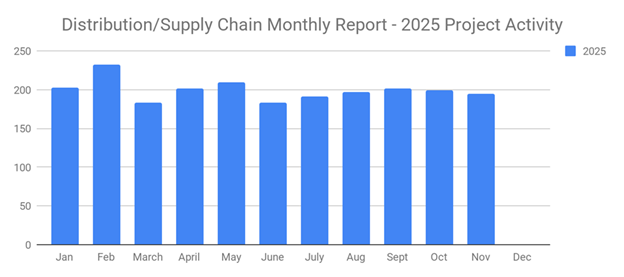
195 New November 2025 Distribution Projects Sustain Five-Month Momentum
-
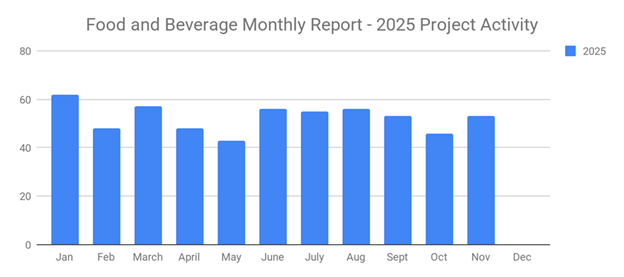
Food & Beverage Bounces Back with 53 New Capital Projects in November 2025
-
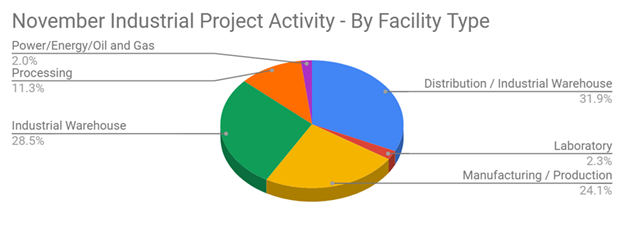
Energy Sector Sees 100% Jump in Planned Industrial Construction in November 2025
-
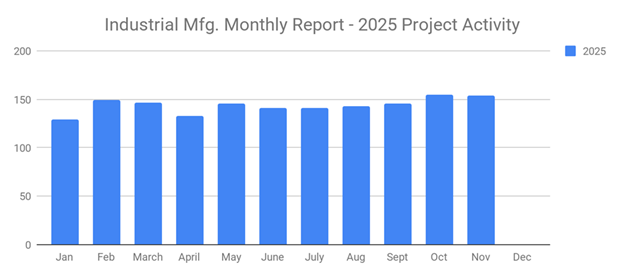
November 2025 Marks Seven Straight Months of Growth with 154 New Industrial Capital Projects

